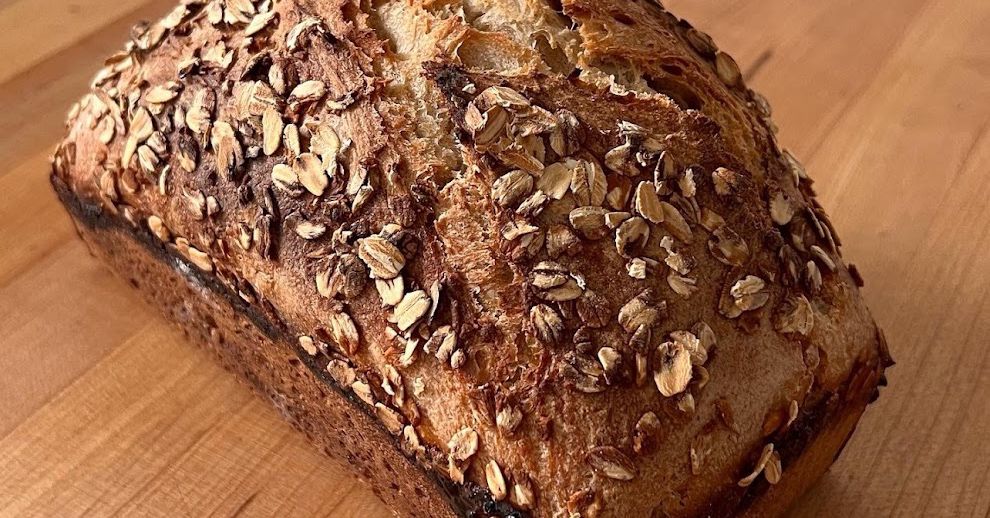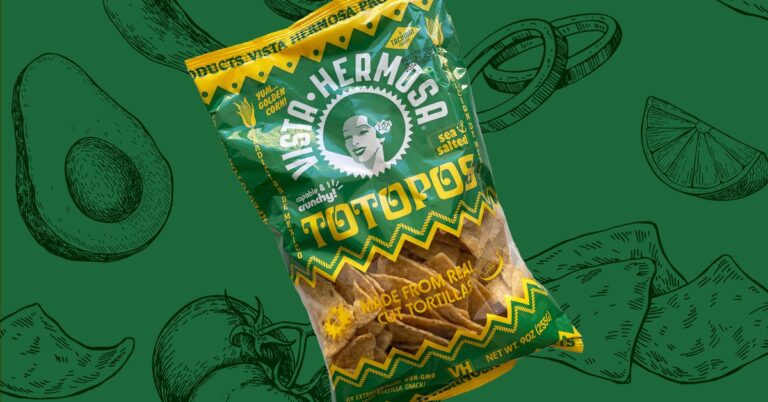How to Bake Sandwich Bread
Imagine, if you will, that there is a sandwich hotline. Making a sandwich and want to nail the optimal combination of ingredients? Dial 1-800-SANDWCH and a friendly sandwich lover on the line will help you make decisions. Should you use Kewpie mayo or Dijon mustard or both? Does this kind of sandwich call for lettuce, spinach, arugula, slaw, kimchi, or mustard greens? How many meats is too many meats? The sandwich hotline will guide you. And, before you hang up, the sign-off will come in the form of a question. “Oh, by the way,” the operator will ask casually, “have you ever considered making your own sandwich bread?”
I know what you’re saying. “Isn’t life hard enough?” you ask, after sighing audibly. “Now I have to make my own sandwich bread, too?”
But here’s the thing about sandwiches that most of us know very well: a good sandwich deserves the very best. While there is a special place in heaven for a peanut butter and jelly sandwich on packaged white sandwich bread, here, on earth, the reality is that most sandwich bread — no matter how glorious the ingredients it contains — prevents a perfectly good sandwich from attaining true greatness. And why, if you’re the kind of person who cares about sandwich ingredients, would you deny it that greatness?
By no means do you have to become a devoted sourdough bread disciple to level up your sandwich game. In fact, the most delightful homemade sandwich breads are simple tin breads made with commercial yeast. They can all be prepared and baked in under a few hours and I promise you they will taste better than Arnold’s. Arnold’s is fine, it serves its purpose, toasts up well, and can handle a good number of toppings. But when you bake your own bread, you can make decisions according to your own tastes. I love sesame, so I fill my sandwich bread with sesame seeds and sprinkle them all over the surface before it bakes. Sometimes I make my sandwich bread with some honey and oats; sometimes I make it with caraway and rye flour. And you know what? It always tastes good. Plus: Your kitchen will smell amazing for hours. You may get hungry enough for another sandwich later.
Of course, when it comes to bread, we all know that there is no one supreme bread and that there’s no competition and that all bread is special, even the grocery store stuff. But if I can offer one suggestion on your path to making your own, it’s that you cannot go wrong with Kristina Cho’s master of all milk breads recipe, from her book Mooncakes & Milk Bread. Fluffy, light, perfect to toast, and versatile for every kind of sandwich you’d want to make, it’s as close to the ideal sandwich bread as you can find. Plus, it’s a cinch, even for a novice, and can be turned into rolls, buns, and any number of other bread shapes. Ask the sandwich hotline — they’ll tell you the same thing. But if you want a bread that’s just slightly quicker to make, don’t miss out on this sandwich bread recipe, or this one.
When you do undertake the act of baking your own breads — which I know you will — here’s a handy trick: Instead of keeping your loaves at room temperature for your next sandwich, which risks spoilage, slice them in half (or into slices, if it’s a full loaf), bag the slices, and freeze them. Then the next time a sandwich craving hits, you can pop the frozen bread right into the toaster and voila, fresh bread for your sandwich. Just make sure to call the hotline when you’re deciding about that sriracha mayo.






